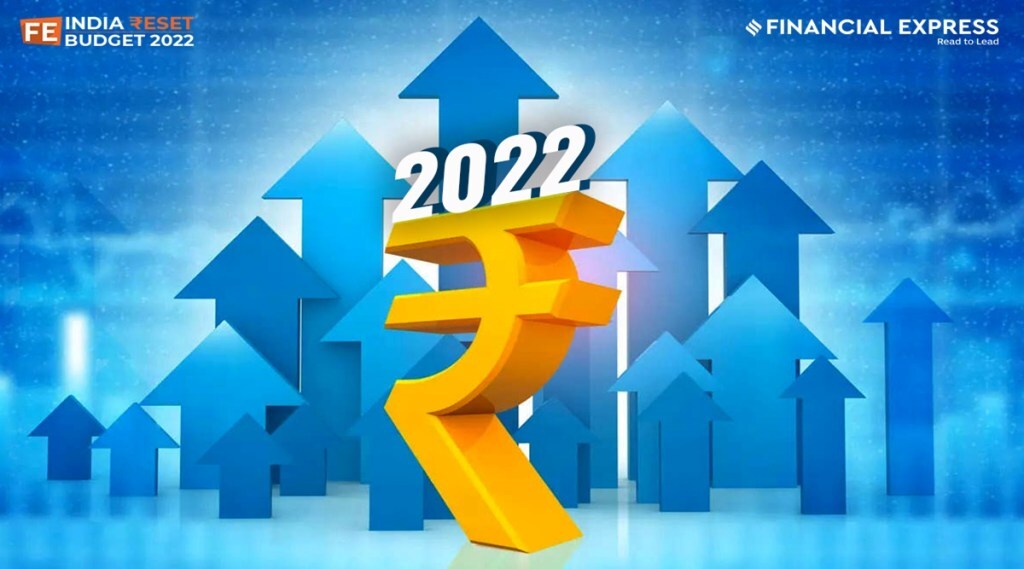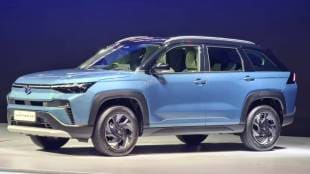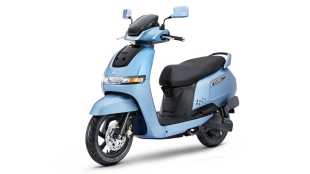The Union Budget is the annual financial statement of the government and, therefore, it should ideally confine itself only to that financial year. However, of late, successive central governments have been using the Budget to communicate their strategies for the medium term (far beyond that particular financial year).
This year’s Union Budget, in fact, went a step further and has sought to chart the path for the next 25 years. Whether and how this vision will become a reality will be known in the coming years, but two aspects of this vision really attracted my attention.
Capital expenditure
The first was the government’s resolve to push up the capital expenditure (capex). Following the proverbial Robinson Crusoe model who skipped his daily meals to build a fish net that would give more fish in the future, the government has resisted the temptation for increasing revenue expenditure and went in favour of capex. This augurs well for the economy as this will promote long-term investments in areas such as infrastructure.
Ease of doing business
The second is the government’s resolve to intervene to make functioning of businesses easier. The government aims at setting up a framework so that corporate exit can happen in six months, as against two years now, or setting up a committee to resolve issues faced by private equity and venture capital investors or bringing standardisation and interoperability to ensure easier swapping of electric vehicle (EV) batteries.
The Union Budget FY23, therefore, appears to me as a visionary Budget. It broadly keeps the automotive-related tax structure unchanged, but also assures the automotive sector that it is open to intervene to smoothen the functioning of businesses. The government will also create enablers of growth for the sector through infrastructure creation, development of multimodal connectivity and building logistics efficiency, as well as supporting clean and sustainable mobility solutions.
While the Production-Linked Incentive (PLI) scheme assures incentives to EV manufacturers, the charging infrastructure challenge could not be addressed through PLI. The proposed battery swapping policy aims to precisely do that. Standardisation in batteries and connectors would help optimal use of battery swapping and charging stations. This will improve the internal rate of return (IRR) on investments as a larger number of EVs can be catered by these stations. Today, the range of an EV on a single charge is the primary psychological barrier in the mind of a buyer/user. The proliferation of charging stations across the country will help remove this barrier and spur EV sales in India.
Most key components of EVs are imported in most cases today. Customs duties on import of such components were vexed with many interpretation issues. By amending the customs notification, the government has tried to resolve some of these issues. This should help the industry.
The proposed increase in excise duty on petrol and diesel—if these are not blended with ethanol or biodiesel, respectively—would set the trend of blended fuels in the country. While it may give some cushion against the global crude price increase, it may also mean additional expenditure for fuel-dispensing outlets.
Overall, the Union Budget FY23 sets out positive sentiments for long-term growth for the clean technology vehicle segment. The industry now awaits faster roll-out of policy initiatives mentioned above.
Waman Parkhi
The author is partner, Indirect Tax, KPMG in India




















